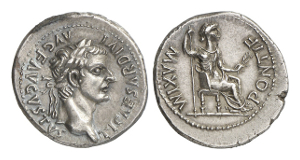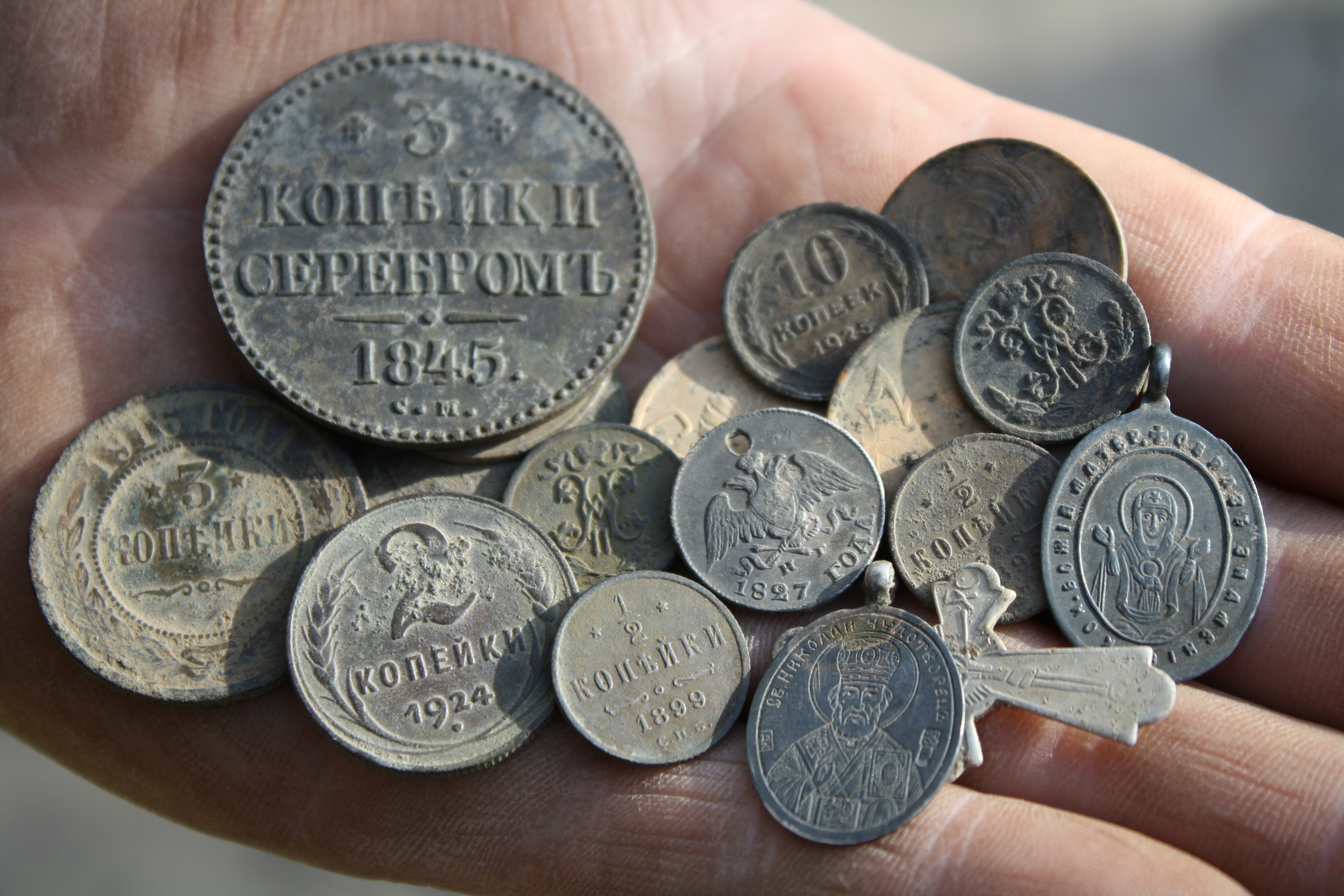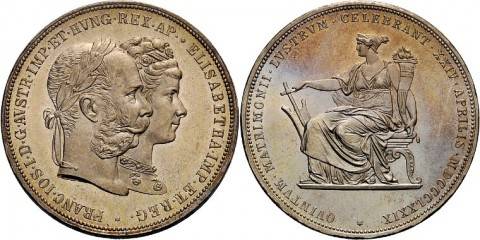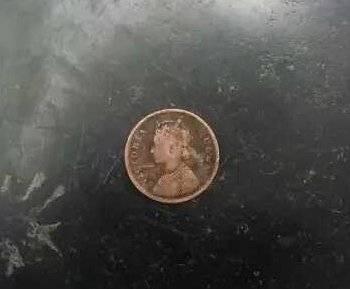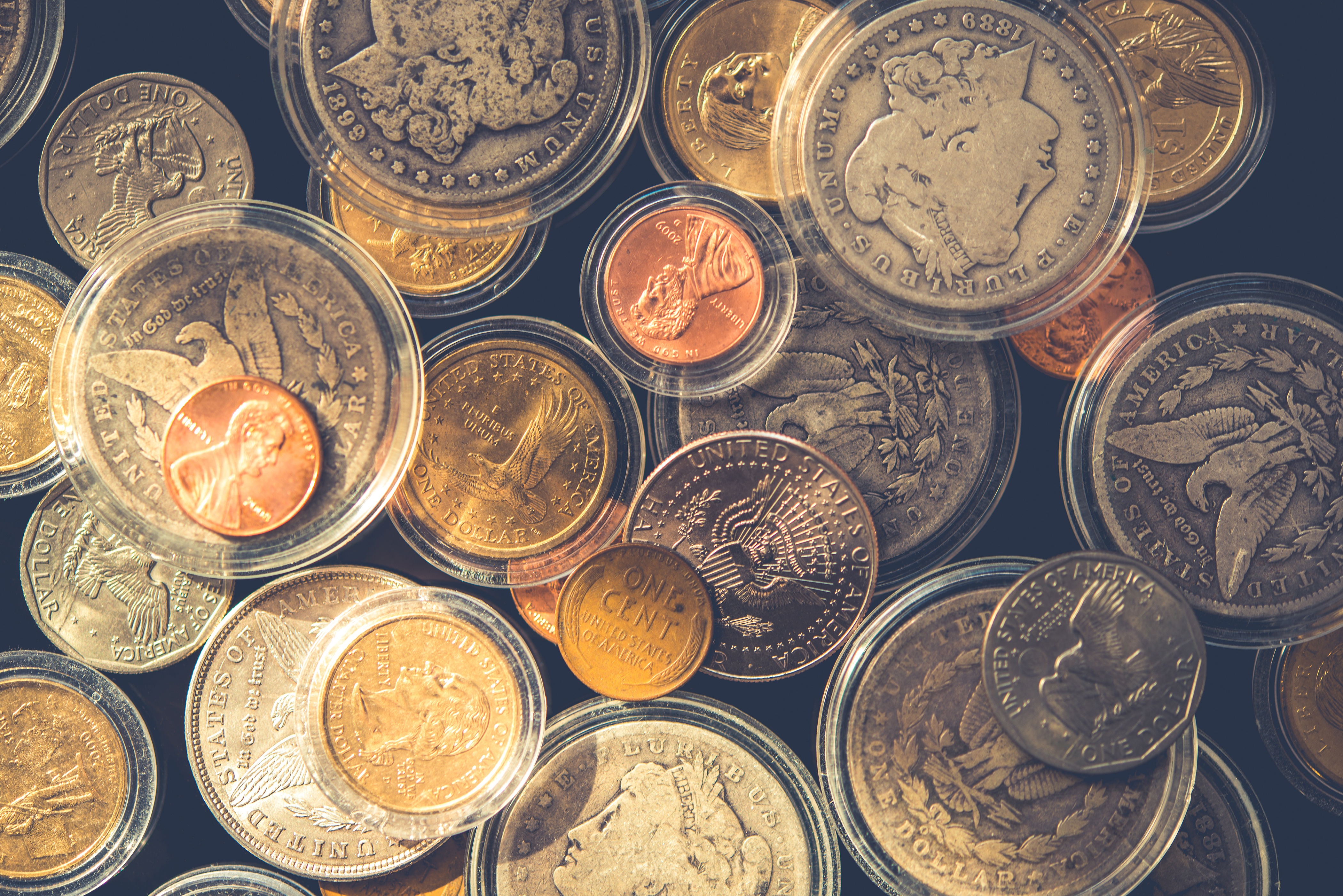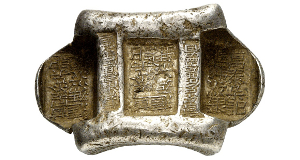coins in antiquity
Opening an antique shop
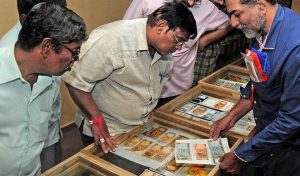 Acquisition of antiques – it was and remains one of the most reliable ways to invest money, which allows you to ensure a stable income in the amount of 20-50% per annum. That is why not only very wealthy people, as is commonly thought, are engaged in collecting antiquities, but also representatives of the middle class.
Acquisition of antiques – it was and remains one of the most reliable ways to invest money, which allows you to ensure a stable income in the amount of 20-50% per annum. That is why not only very wealthy people, as is commonly thought, are engaged in collecting antiquities, but also representatives of the middle class.
The global antiques market is divided into several segments. The largest and most promising of them is painting and sculpture (over 40%). Numismatics and used books are in second place in terms of sales (20%). Continue reading
Possessions of the Habsburgs – Austria (XII-XX centuries)
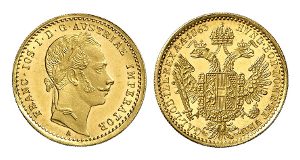 In 1273, King Rudolph I became the first representative of the Habsburg clan who ascended to the Roman-German throne. It began the reign of the Habsburg dynasty, which lasted until the reign of Charles I (1916-1918), the last emperor of Austria.
In 1273, King Rudolph I became the first representative of the Habsburg clan who ascended to the Roman-German throne. It began the reign of the Habsburg dynasty, which lasted until the reign of Charles I (1916-1918), the last emperor of Austria.
From 1438 until the fall of the empire in 1806, almost all German kings and Roman-German emperors came from the Hapsburg clan. Thanks to the skillful marriage policy, true to the motto “Motto Bella gerant alii, tu felix Austria nube” (“Let others wage wars – you, happy Austria, marry”), from the Middle Ages until the New Age, the Habsburg managed to create a network in Europe dynastic ties that, among other things, provided them with rule in regions such as Bohemia and Hungary, Spain and Portugal, as well as in Milan and parts of Lombardy. Continue reading
Byzantine coins (ca. 500-1453)
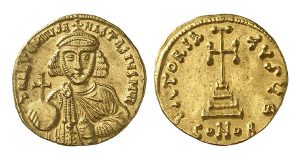 The fall of the Roman Empire was in the late Middle Ages, at least in the east of Europe. After the death of Emperor Theodosius I in 395, the Roman Empire was divided into two parts, and in its eastern part a “Byzantine Empire” was formed, the name of which comes from the original name of the capital “Byzantium”. At the same time, the “Byzantine” empire became known only in the historical science of modern times. The Byzantines themselves always considered and called themselves “Romans” and never “Byzantines”. Continue reading
The fall of the Roman Empire was in the late Middle Ages, at least in the east of Europe. After the death of Emperor Theodosius I in 395, the Roman Empire was divided into two parts, and in its eastern part a “Byzantine Empire” was formed, the name of which comes from the original name of the capital “Byzantium”. At the same time, the “Byzantine” empire became known only in the historical science of modern times. The Byzantines themselves always considered and called themselves “Romans” and never “Byzantines”. Continue reading
